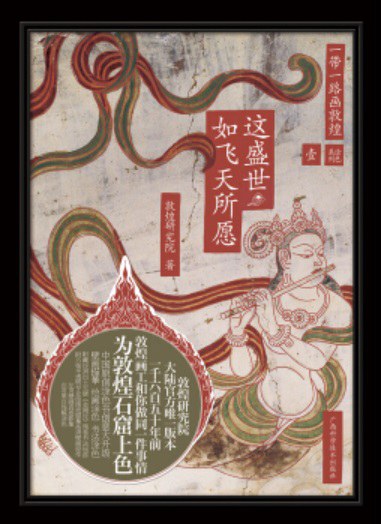
一带一路画敦煌
[ 绘本 ]
作者:敦煌研究院
1
0
推荐者:百科书库 2023-05-08 11:11:06
本书简介
- 作者:敦煌研究院
- 出版社:广西科学技术出版社
- 出版年:2016-4-1
- 页数:98
- 定价:CNY48.00
- 装帧:平装
- ISBN:9787555105411
"Painting Dunhuang along the Belt and Road", with "This Era, As the Flying Apsaras Want" being the first one. The book centers on Dunhuang's flying apsaras, featuring 6 half-transparent sulfuric acid papers and rare images of wall paintings. You can use the technique of copy drawing to sketch the wall paintings. In addition, there are 25 sets of "cross-temporal left-right comparison" coloring sections, with the left page being the images of wall painting and the right page the corresponding black and white line drawing. Through the comparison, you can experience the history of the ancient wall paintings and the present. The book also comes with a valuable calligraphy scroll of the Tang Dynasty "Diamond Sutra" from the Dunhuang Cave, which can also be colored with crayons to highlight each original character line, making it a highly collectible item. All the line drawing images in the book are not copied by later generations, but extracted directly from the ancient murals by the Dunhuang Academy using the latest technology.
About the Book:
1650 years ago, you, a Dunhuang painter, used cinnabar and lead yellow to draw a flying apsara, believing that by delivering meticulous strokes, you could accumulate blessings for the afterlife. 1650 years later, I use colored pens to trace on paper, coloring half of it as a magnificent palace of thousand pillars. Why is it that the Buddha images are so easy to draw, but it is difficult to convey the true essence of emotion?
作者简介
作者简介:线描稿:本书所有的壁画线描稿,非后人临摹,而是由敦煌研究院在原壁画基础上运用计算机技术进行提取和修复。敦煌研究院是国家设立的负责世界文化遗产敦煌莫高窟、全国重点文物保护单位安西榆林窟和敦煌西千佛洞保护、管理和研究的综合性专门机构。敦煌研究院的前身是成立于1944年的敦煌艺术研究所,新中国建立后于1950年成立敦煌文物研究所。1984年,在敦煌文物研究所的基础上扩建为敦煌研究院。壁画:本书的壁画原作者,是距今一千六百五十年历史的敦煌画工。他们来自北凉北魏,来自隋唐宋元,来自回鹘西夏……他们是一千多年前来自民间的画工,很多画工只是带着“敦煌”的信念,一生在冰冷的石窟中留下如此灿烂的壁画文明,却连一个名字都有留下。我们不知道这些画工是谁,只知道,他们是祖先,是创造如此绚烂的东方文明的“微尘众”。abouttheAuthorLine...
相关推荐
大象消防员帕尔
帕尔是大象消防队的实习生。他一直希望成为一个像他的哥哥一样酷的消防员。然而,他异常长的鼻子给他带来许多麻烦,让他倍感沮丧。他甚至想将他的长鼻子剪掉。但是,在幼儿园里,他的鼻子却成为了他的助力,他发现曾 【日】小西利行/【日】水口克夫 2023-05-08 09:59:42穿内裤的狼(1-4)
《穿内裤的狼》是一部法国超受欢迎的哲学漫画书,讲述了一系列滑稽有趣、令人笑中带泪的故事。故事中,狼这种一直被看作森林中凶猛的恐怖动物给各种小动物带来了恐慌,但当他们发现流言和现实不符时,一系列惊险有趣 [法]威尔弗里德·鲁帕诺/[法]玛亚娜·伊图瓦泽 2023-05-08 06:39:01就算衰到爆,也要穷开心
编辑推荐:1.生活已经很难了,就别再假装无坚不摧了2.网络爆红小幺鸡超100万点击率治愈系漫画首度公开3.一本让你在难过时笑得出声的漫画书,有点妖气但无比真诚无坚不摧的人类都爱看:大象、牛轰轰、伟大的 马里奥小黄 2023-05-08 14:33:45巨人的时间
今天什么也没发生,过了一天,还是什么也没有发生。一天天过去了,看似都没有发生什么,但是会一直这样吗?本书向读者展示了一个富有诗意和哲理的故事,让人们对时间、人生都有了新的思考。时间、记忆和一些生活中所 [西班牙]卡门·奇卡/曼努埃尔·马索尔著/曼努埃尔·马索尔绘 2023-05-08 09:58:10牙婆婆
小真是个喜欢吃甜食的小女孩。经常不刷牙,这可累坏了负责小真牙齿健康的牙婆婆。牙婆婆住在小真的嘴里面,负责清扫小真的牙齿。但是,小真频繁不刷牙,让牙婆婆终于不堪重负发怒了!如果不好好刷牙,牙婆婆可就要变 [日]苅田澄子/[日]冈部理香 2023-05-08 09:58:57© 2023-2025 百科书库. All Rights Reserved.


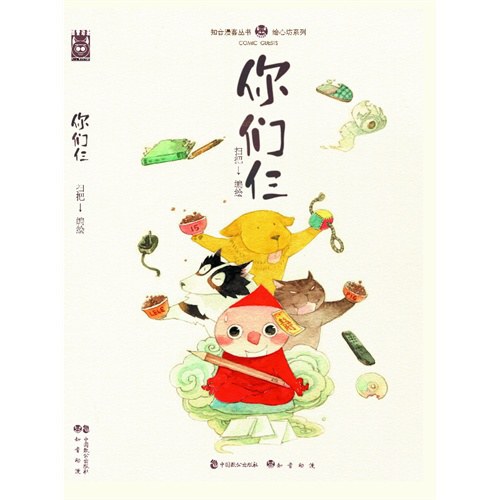

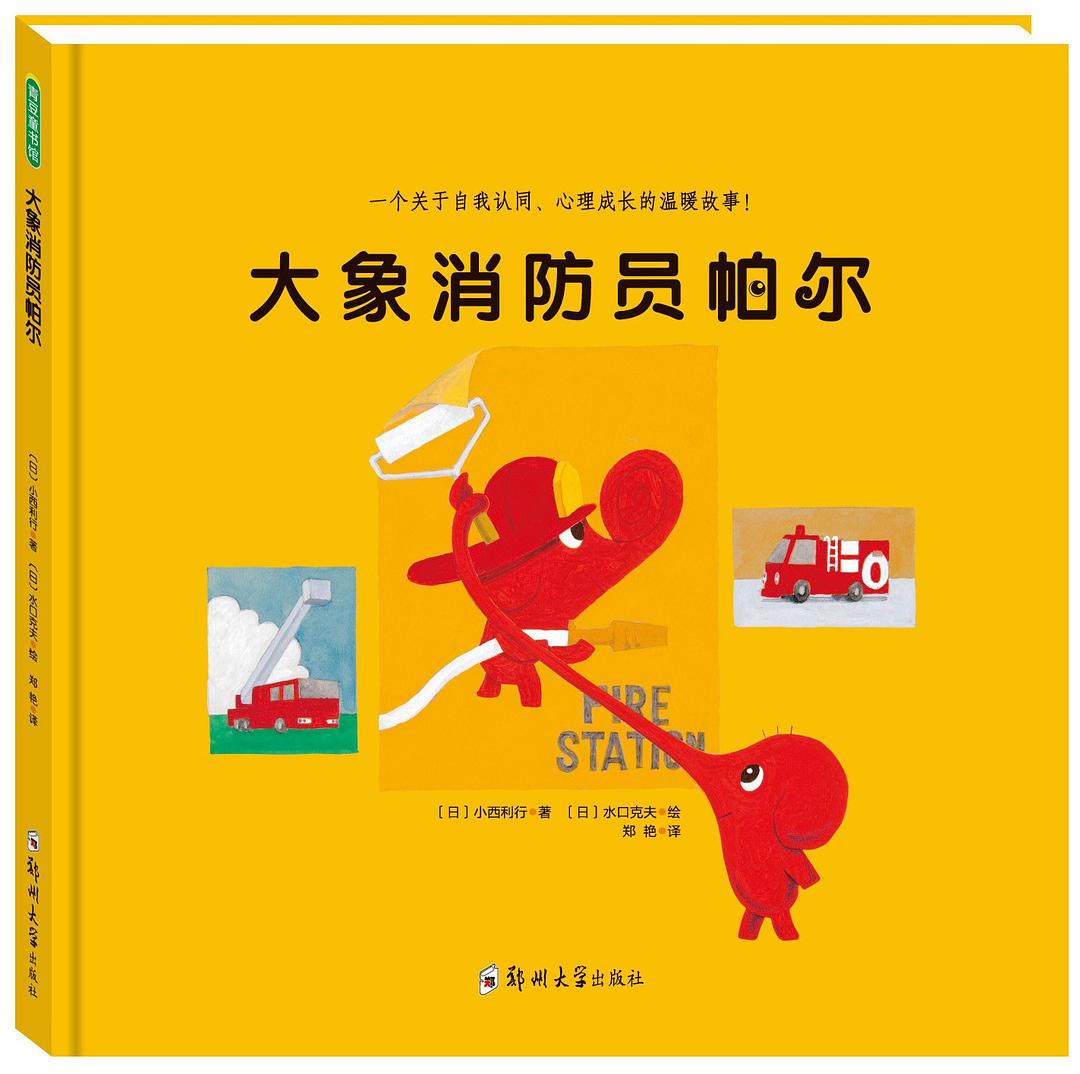
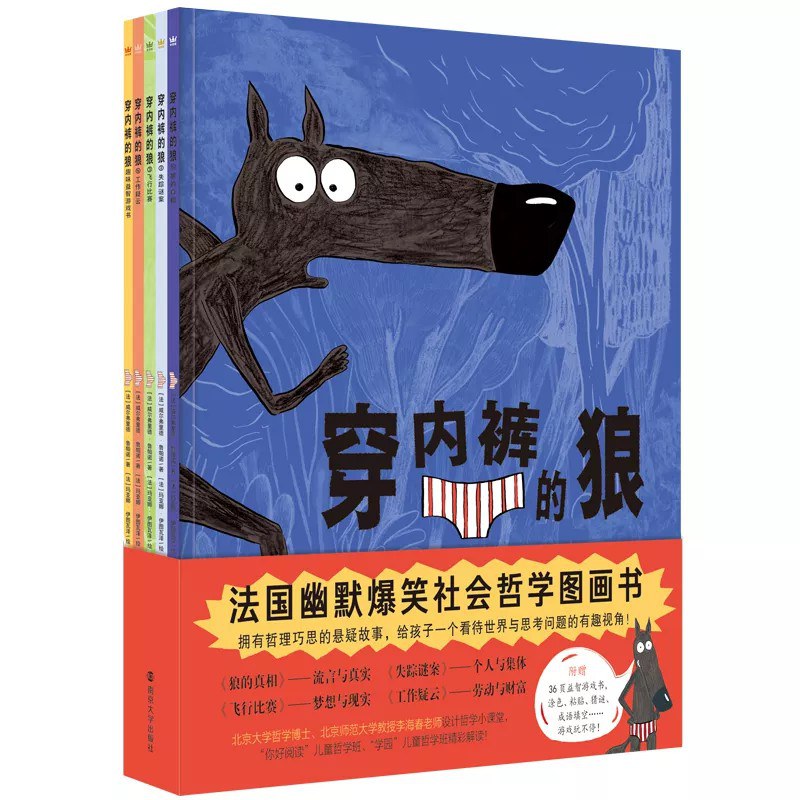
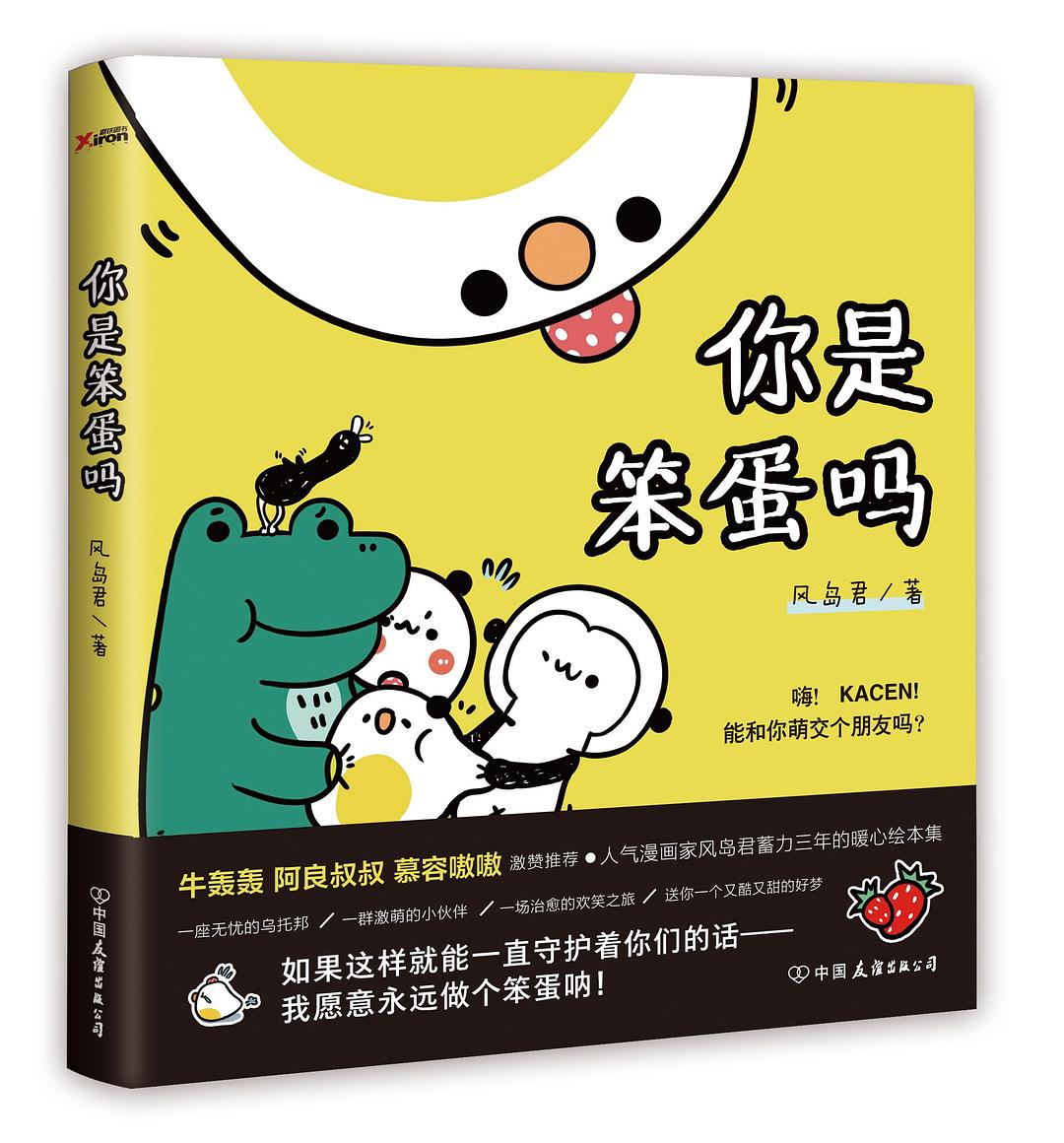
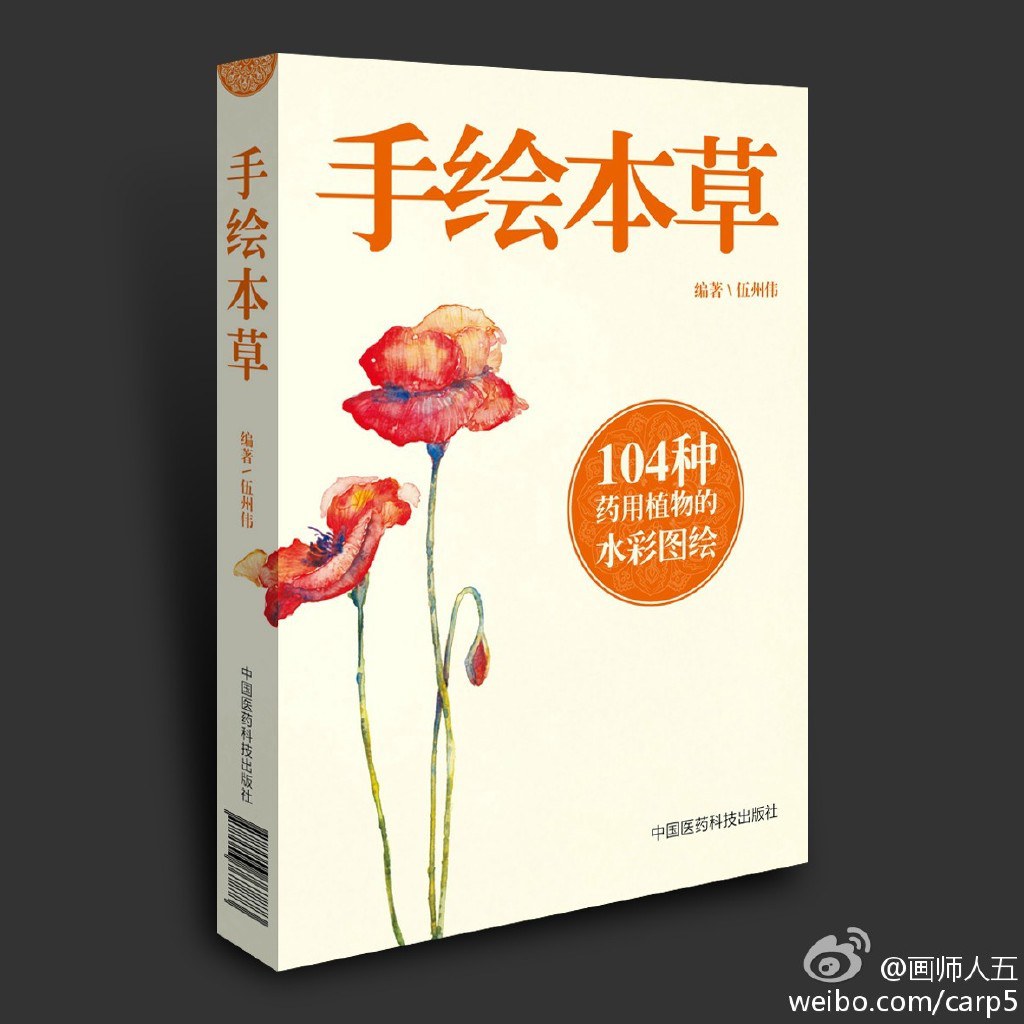

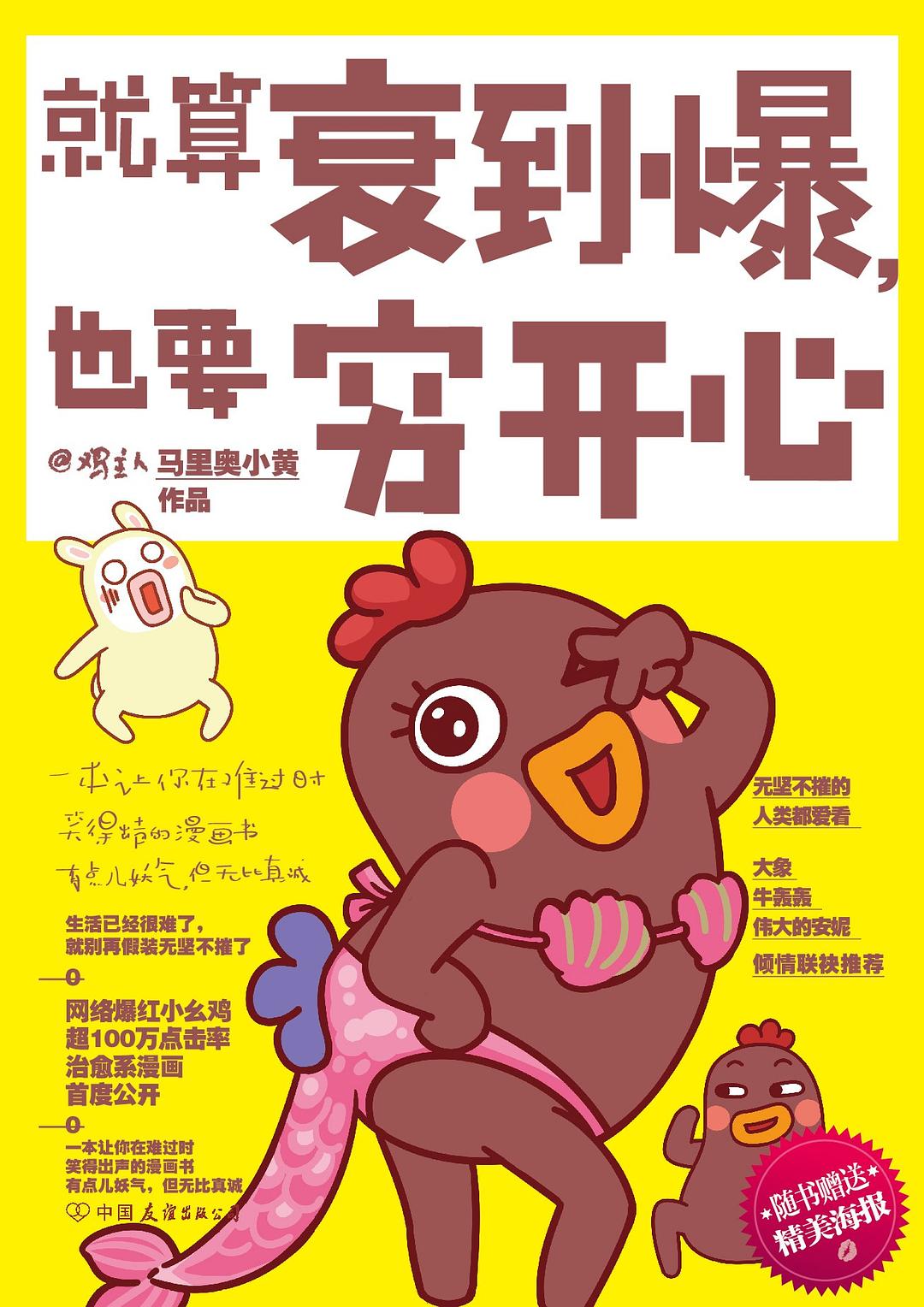
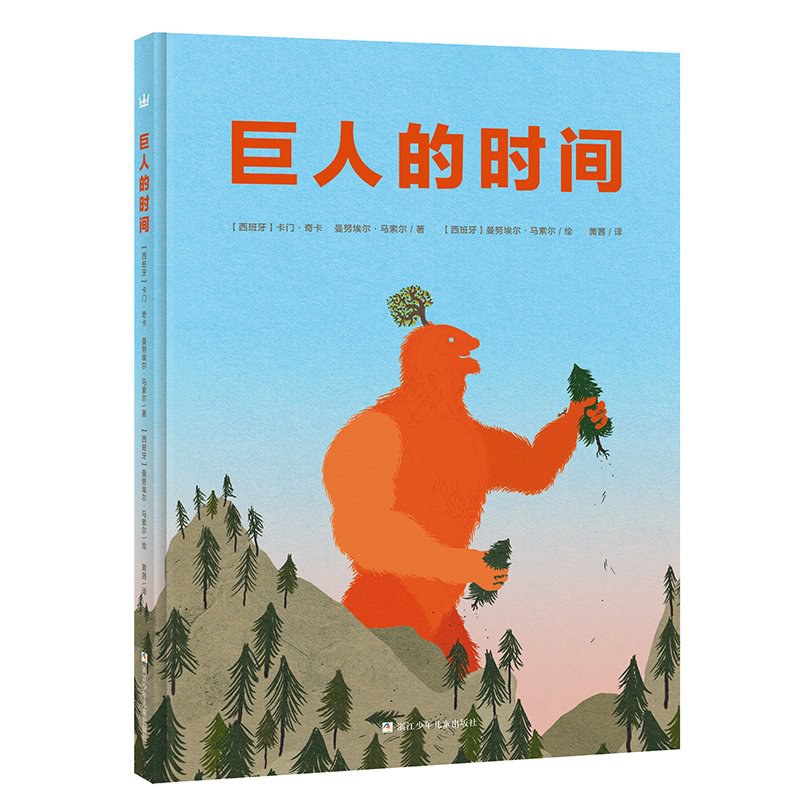

发表评价